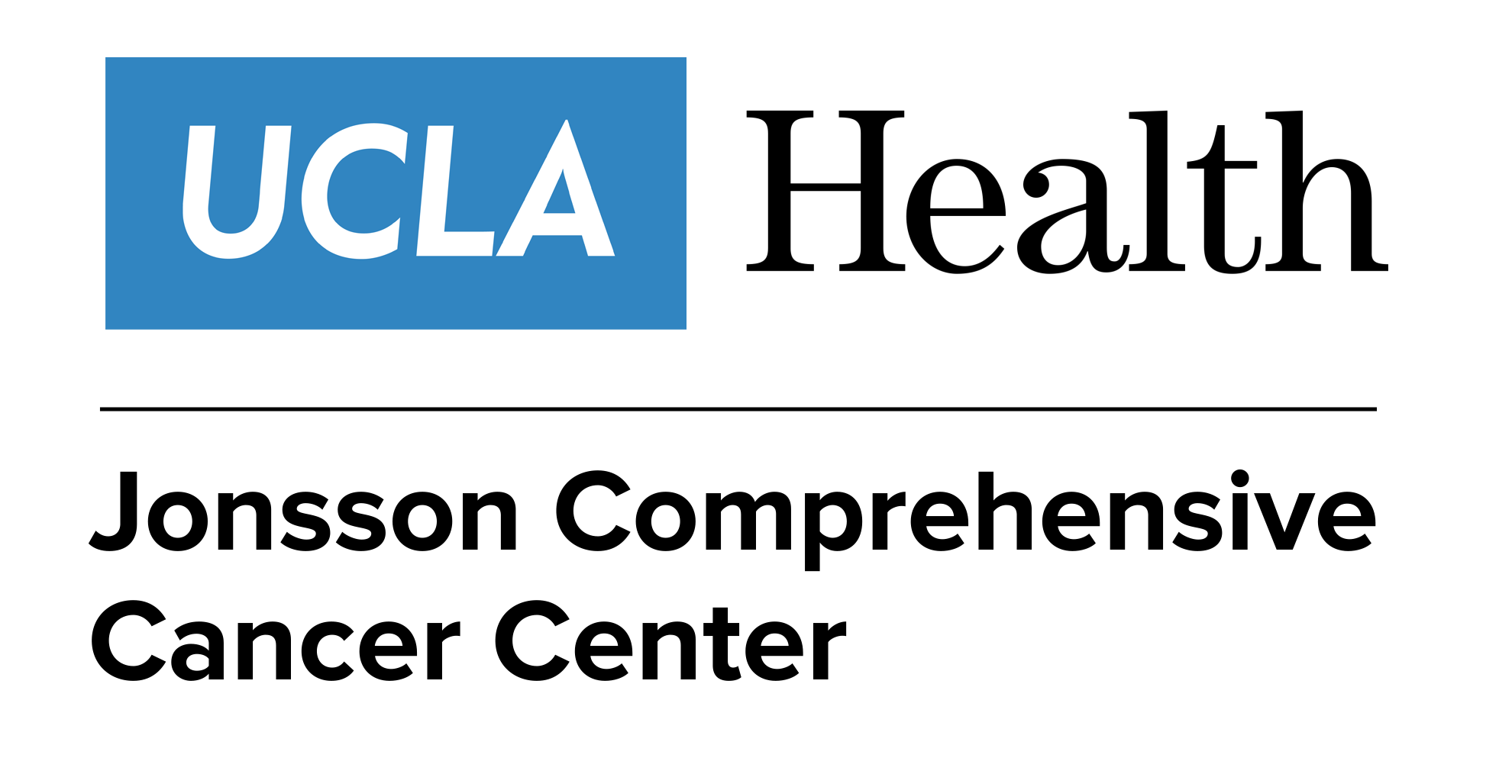- Advertise
- About OncLive
- Editorial Board
- MJH Life Sciences brands
- Contact Us
- Privacy
- Terms & Conditions
- Do Not Sell My Information
2 Clarke Drive
Suite 100
Cranbury, NJ 08512
© 2025 MJH Life Sciences™ and OncLive - Clinical Oncology News, Cancer Expert Insights. All rights reserved.
Dr Salani on Managing Mirvetuximab Soravtansine–Associated Ocular Toxicities in Ovarian Cancer
Ritu Salani, MD, MBA, discusses the management of ocular toxicities associated with mirvetuximab soravtansine in ovarian cancer.
“As we’re using [mirvetuximab soravtansine] more and more, we’re starting to see some newer adverse effects, especially like cataracts. [These] may not be related to the drug, but actually the eye drops, so understanding the nuances of how this drug may affect the eyes and vision is important.”
Ritu Salani, MD, MBA, gynecologic oncologist, director, Gynecologic Oncology, UCLA, UCLA Health, discusses the management of ocular toxicities associated with mirvetuximab soravtansine-gynx (Elahere) in ovarian cancer.
Ocular toxicities are a unique set of adverse effects (AEs) associated with mirvetuximab soravtansine, as well as other antibody-drug conjugates (ADCs), Salani begins. These toxicities can present in various forms, including blurry vision, photophobia (light sensitivity), eye pain, and occasionally, floaters. It is essential to closely monitor these AEs, as they can affect the patient’s visual acuity and overall quality of life, she states.
Given the potential severity of these eye toxicities, collaborating with eye specialists, such as ophthalmologists or optometrists, is crucial, Salani continues. These professionals can help manage these symptoms and ensure that the patient’s eye health is properly addressed. For example, patients may be prescribed eye drops to alleviate symptoms and prevent further complications, Salani details. In clinical practice, it is becoming increasingly important to work with these specialists to assess the role of eye drops in mitigating toxicity, she emphasizes.
Additionally, some newer ocular AEs, such as cataracts, may not necessarily be linked directly to the drug itself but rather to the use of eye drops, Salani notes. This emphasizes the need for a nuanced understanding of how mirvetuximab soravtansine and its associated treatments affect the eyes, she says. Regular eye exams and a tailored approach to eye care are essential components of managing these toxicities effectively. This approach helps to ensure that patients maintain optimal visual function and quality of life while undergoing treatment, Salani concludes.


